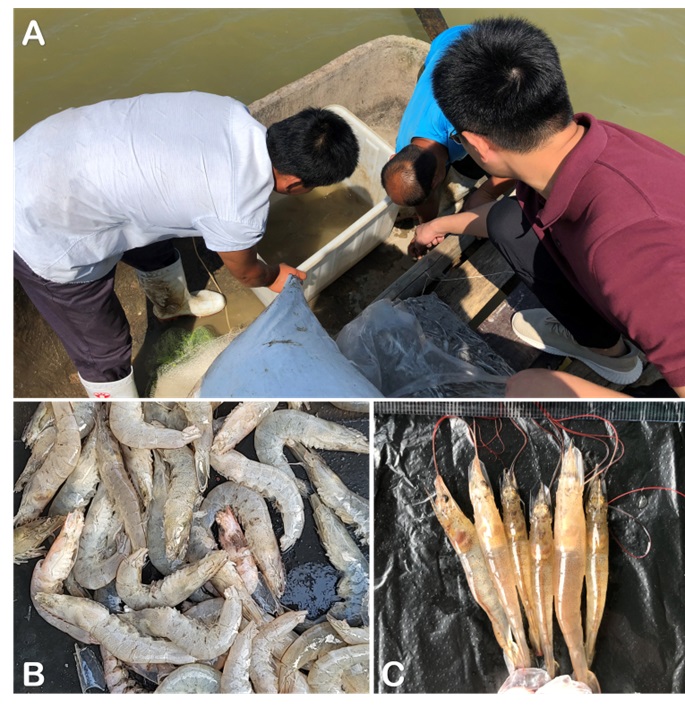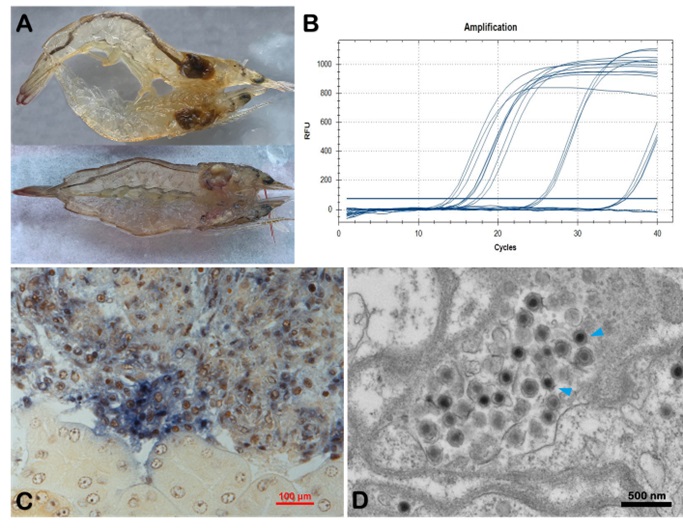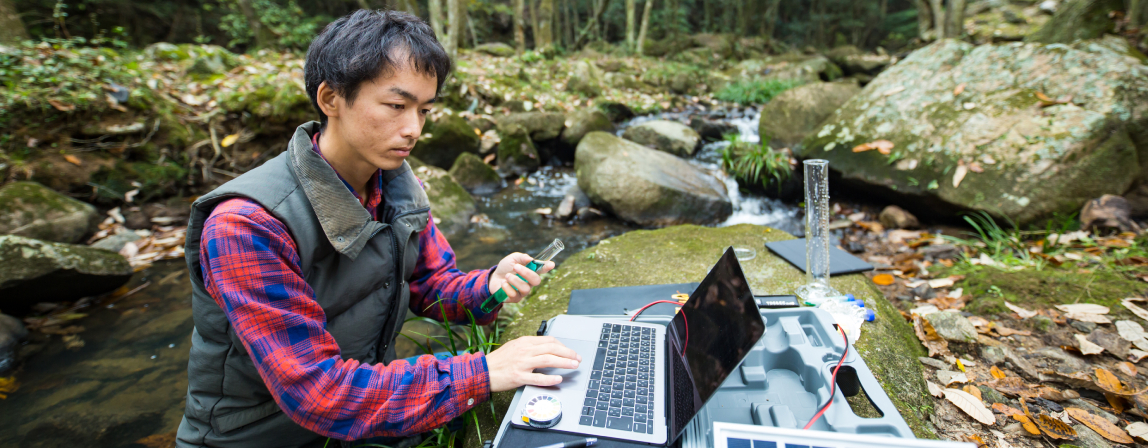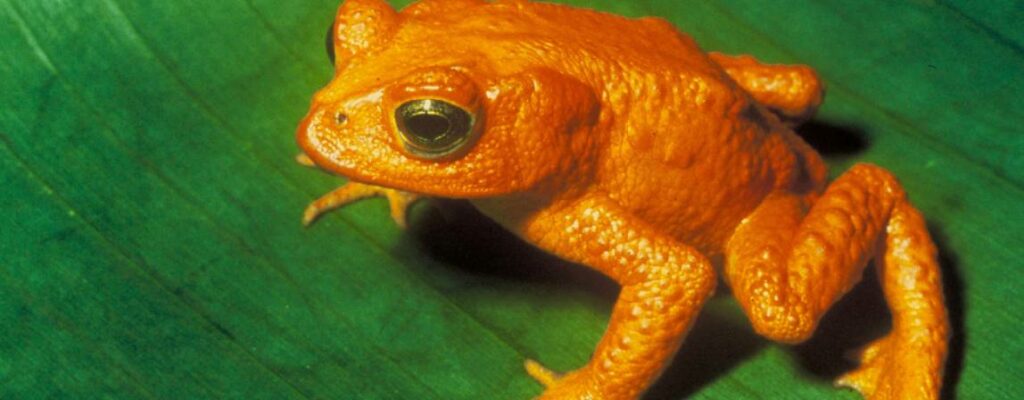Dossier Posted on 2023-12-12 11:47:42
China’s approach to preventing and controlling infection with DIV1
A Member’s response to an emerging disease
Keywords
Authors
H. Liu (1), L. Qiu(2), Y. Liang (3) & Q. Li (3)*
(1)Animal and Plant Inspection and Quarantine Technical Centre, Shenzhen Customs District, General Administration of Customs of P. R. China (GACC), 518045, Shenzhen, P. R. China
(2) Laboratory for Marine Fisheries Science and Food Production Processes, Pilot National Laboratory for Marine Science and Technology (Qingdao); Key Laboratory of Maricultural Organism Disease Control, Ministry of Agriculture and Rural Affairs, Qingdao Key Laboratory of Mariculture Epidemiology and Biosecurity, Yellow Sea Fisheries Research Institute, Chinese Academy of Fishery Sciences, Qingdao 266071, R. China
(3)National Fisheries Technology Extension Center, 100125, Beijing, P. R. China
*Corresponding authors : Y. Liang & Q. Li
The designations and denominations employed and the presentation of the material in this article do not imply the expression of any opinion whatsoever on the part of WOAH concerning the legal status of any country, territory, city or area or of its authorities, or concerning the delimitation of its frontiers and boundaries.
The views expressed in this article are solely the responsibility of the author(s). The mention of specific companies or products of manufacturers, whether or not these have been patented, does not imply that these have been endorsed or recommended by WOAH in preference to others of a similar nature that are not mentioned.
A presentation of measures implemented in China for prevention, early detection and control of infection with decapod iridescent virus 1.
In order to prevent and control infection with decapod iridescent virus 1 (DIV1), China has implemented the following actions:
- The inclusion of infection with DIV1 on the List of Animal Diseases of Class I, II and III Promulgated by the Ministry of Agriculture and Rural Affairs, China (2022, Class II) and the List of Imported Animal Diseases of China (2020, Class II), so as to provide legal guarantees for the prevention and control of infection with DIV1 nationwide.
- The inclusion of infection with DIV1 in the national aquatic animal disease surveillance system and the detection and reporting system, which have provided basic data for understanding the distribution, prevalence, transmission route and impacts of this disease in China (Figure 1).
- The main transmission route of infection with DIV1 will be cut off from the source by including it in the aquatic seedling quarantine system.
- Infection with DIV1 has been included in the national aquatic animal disease capability verification activities, to establish and improve the relevant detection and diagnostic capacity in the national and provincial aquatic animal disease detection laboratories (Figure 2).
- Improving the understanding and application of the concept of a biosecurity system in shrimp breeding enterprises, especially hatcheries and seedling farms.
- Encouraging the construction and demonstration of seedling farms without specific diseases, including infection with DIV1.


https://doi.org/10.20506/bull.2023.2.3416
References
- QIU, L., DONG, X., WAN, X.Y. & ZHANG, Q.L. (2022). Analysis of iridescent viral disease of shrimp (SHID) in 2021. 2022 Analysis of Major Aquatic Animal Diseases in China. Bureau of Fishery, Ministry of Agriculture and Rural Affairs, National Fishery Technical Extension Center, Eds., (in press) (in Chinese).
- QIU, L., CHEN, X., GAO, W., GUO, X.M., XIE, G.S., GONG, M., YANG, B., LI, C., ZhANG, Q.L. & HUANG, J. (2022). Confirmation of susceptibility of swimming crab to infection with Decapod iridescent virus 1. Aquaculture, 548: 737607. Doi: 10.1016/j.aquaculture.2021.737607.
- QIU, L., CHEN, X., GAO, W., LI, C., GUO, X.M., ZHANG, Q.L., YANG, B. & HUANG, J. (2020). Molecular epidemiology and histopathological study of a natural infection with decapod iridescent virus 1 in farmed white leg shrimp, Penaeus vannamei. Aquaculture, 736105. doi: 10.1016/j.aquaculture.2020.736105.
- QIU, L., CHEN, X., ZHAO, R.H., LI, C., GAO, W., ZHANG Q.L. & HUANG J. (2019). Description of a Natural Infection with Decapod Iridescent Virus 1 in Farmed Giant Freshwater Prawn, Macrobrachium rosenbergii. Viruses, 11(4), 354. doi: 10.3390/v11040354.
- QIU, L., CHEN, M.M., WAN, X.Y., LI, C., ZHANG, Q.L., WANG, R.Y., CHENG, D.Y., DONG, X., YANG, B., WANG, X.H., XIANG, J.H. & HUANG, J. (2017). Characterization of a new member of Iridoviridae, Shrimp hemocyte iridescent virus (SHIV), found in white leg shrimp (Litopenaeus vannamei). Scientific Reports, 7(1), 11834. doi: 10.1038/s41598-017-10738-8.










